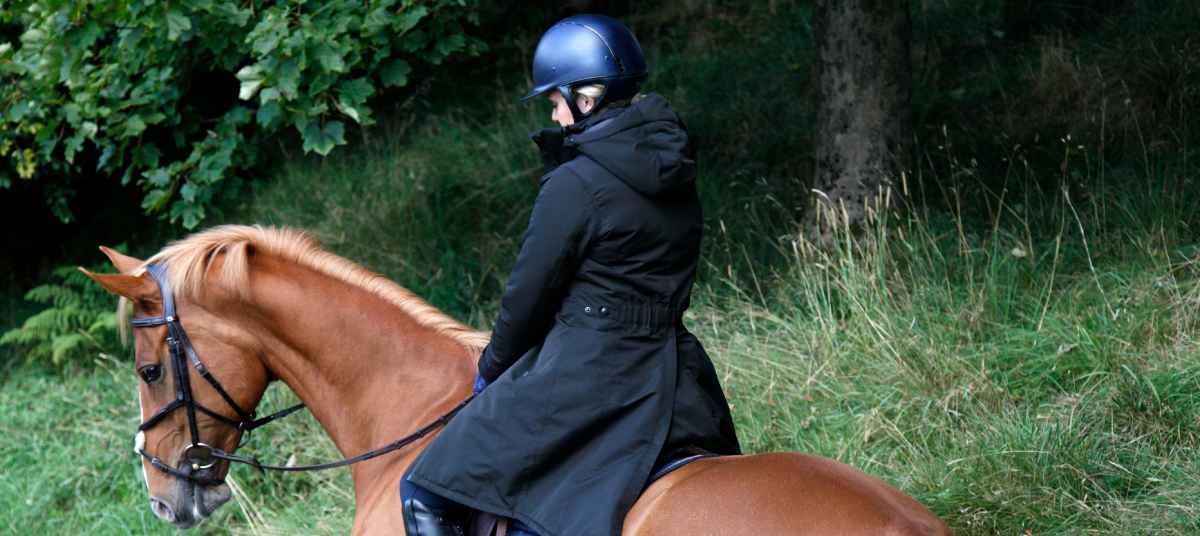
5 Tricks to save money every day as a horse owner
Owning a horse is one of the most rewarding life experiences, but we all know it isn’t cheap. Fortunately, there are hacks that can save you hundreds if not thousands of pounds on everything from insurance to livery, events to equestrian wear. We’ve rounded up our top tips for cutting costs while ensuring your friend stays happy and healthy.
1. Horse Insurance
It’s tempting not to bother with insurance when there’s lots of other bills to pay – but it could be a false economy. One mishap and you may be seriously out of pocket. And if the thought of filling out a mountain of paperwork is putting you off, it doesn’t have to be that complicated.
Start by having a look around the market to compare products and determine what coverage you need. At the very least, you need a public liability policy to protect you if your horse injures another person or damages property. We also recommend vet fees insurance, and insurance for your trailer , if you have one. Be wary of simply opting for the cheapest premium, as this may not give you all the cover you need.
At Harry Hall, we make insurance for horse owners as easy and transparent as possible. We have vet fees cover from £7.65 per month and what you see is what you get. Get covered online in minutes - no huge forms, no lengthy phone calls, no hidden nasties in the fine print.
2. Gear for you and your horse
One of the easiest ways to make your money go further is to buy quality gear in the first place and keep it in top condition, making repairs as soon as you notice damage, ensuring it is stored in dry, pest-free conditions, and following wash-care instructions.
Sign up for email alerts from your favourite suppliers. To avoid impulse buying, keep a ready list of items you require or that need replacing so you are always ready to take advantage of sales and discount codes. Our One Club members get monthly member exclusives on our online equestrian shop, as well as free delivery on orders, free returns, exclusive sales and offers. We have an extensive range of top brands at affordable prices, covering rider needs from everyday clothing to high-performance competition wear, as well as all the gear you need for your horse , from rugs to bridle-work, tack, training aids, stable accessories, therapy items and supplements. And we hold regular sales!

3. Save money on livery
Unless you have facilities on your property, livery is always going to be one of your biggest expenses. But even if you can’t keep your horse at home, there are several ways you can reduce the cost.
For example, do you really need full livery? You can save substantially by opting for part or DIY livery, where you pay for the stable but are responsible for day-to-day care, and you can always team up with a yard buddy to get the work done. Given full livery can cost from around £400 a month, this is one of the easiest ways to reduce your expenses.
Talk to other riders about sharing the cost for feed and bedding so you can get a bulk discount. Also, club together to share services so the farrier or vet or dentist can see several horses at the same time. Given the skyrocketing cost of petrol, consider car-pooling to get to and from the stables.
4. Training and events
While competition fees can put a serious dent in your budget, you can minimise costs by being organised. Before the season starts, make a schedule of all the shows and events you would like to attend and the associated costs, including entry fees, memberships, transportation and accommodation. Then, narrow this down to must-do events. This will help you prioritise clearly – for example, if a three-day event at the other side of the country is the highlight of your season, then perhaps you can miss out on several smaller events to economise. Cut costs further by car-pooling and sharing a trailer with a fellow competitor from your area.
Save money on lessons by paying upfront for a package or offering to help out around the livery yard in lieu of cash payment.
5. Spending and budget plan
Create a spreadsheet that includes every expense related to your horse over a year, and then break it down to calculate an average monthly cost. Remember to include reserve funds for big, unexpected expenses as well as routine outgoings. After your first year of record-keeping, you will have all the data you need to accurately predict future expenses, and to determine if you are spending more money than you realise on non-necessities.
We hope this guide has given you some useful tips.
